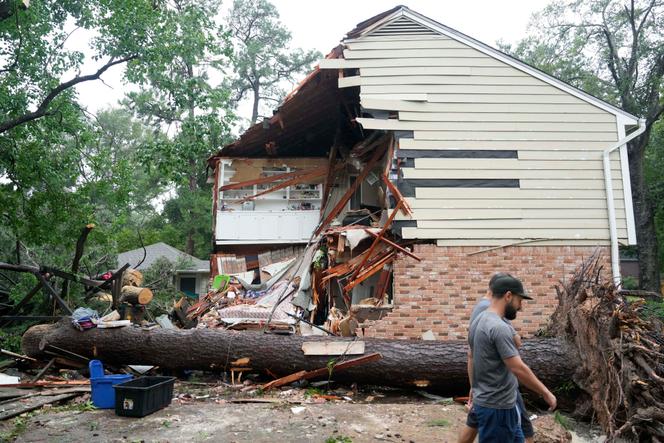


At least eight people were killed in the southern United States after storm Beryl felled trees and caused heavy flooding, before being downgraded to a post-tropical cyclone on Tuesday, July 9.
In the aftermath, as millions in the Houston area remained without power and were sweating under a heat advisory, President Joe Biden said sweltering temperatures were "the greatest concern."
Beryl entered Texas from the Gulf of Mexico as a Category 1 hurricane early Monday. At least seven people died in the storm in Texas, with another person killed in neighboring Louisiana, authorities said. The total death toll from the record-breaking hurricane has risen to at least 18 after it tore through the Caribbean last week – at one point as a Category 5 hurricane, the highest recordable strength.
Some 2 million households in Texas were without electricity Tuesday evening due to damaged power grids, even as temperatures were forecast to reach 41 degrees Celsius with humidity factored in. Another 14,000 homes were also without power in Louisiana, according to the poweroutage.us tracker. Air-conditioned shelters for residents were set up while crews worked to restore service.
Beryl weakened Tuesday and was heading northeast through the midwest United States with 45 kilometers per hour winds, the US National Hurricane Center said, warning it could still generate flooding and tornadoes.
Beryl is the earliest hurricane to make landfall in Texas in a decade, according to expert Michael Lowry. It is extremely rare for such a powerful storm to form this early in the Atlantic hurricane season, which runs from early June to late November. Scientists say climate change likely plays a role in the rapid intensification of storms such as Beryl because there is more energy in a warmer ocean for them to feed on.
